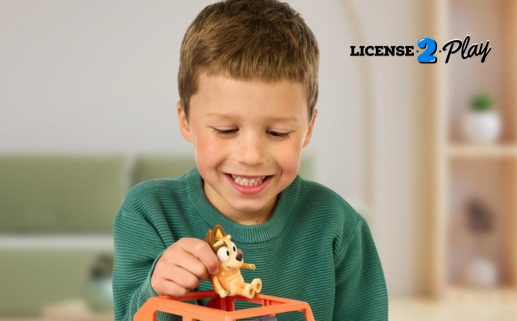
Children’s toys are more than just entertainment; they are powerful tools for learning and development. Dolls and action figures, in particular, play a significant role in helping children understand and express their emotions. This article will delve into how these toys promote emotional understanding and offer practical tips for parents and caregivers to maximize their benefits.
The Role of Play in Emotional Development
Play is a fundamental part of childhood, providing a safe space for children to explore their emotions and develop social skills. Through imaginative play with dolls and action figures, children can simulate real-life situations, experiment with different roles, and learn to navigate their feelings. This process is crucial for building emotional intelligence, which is the ability to recognize, understand, and manage emotions in oneself and others.
How Dolls and Action Figures Promote Emotional Understanding
- Role-Playing and Empathy: When children engage in role-playing with dolls and action figures, they often assign different emotions and scenarios to their toys. This helps them step into someone else’s shoes and see the world from different perspectives, fostering empathy and compassion.
- Expressing Feelings: Children might find it easier to express their emotions through their toys. By acting out scenarios where a doll is sad, happy, angry, or scared, children can project their feelings onto the toys, making it easier for them to understand and articulate their own emotions.
- Problem-Solving and Conflict Resolution: Playing with dolls and action figures allows children to create and resolve conflicts in a controlled environment. They learn to navigate social dynamics, negotiate, and find solutions, which are critical skills for emotional regulation and interpersonal relationships.
- Coping Mechanisms: Through play, children can process difficult emotions and experiences. For instance, a child who has experienced a stressful situation can reenact it with their dolls, which can help them cope and make sense of their feelings in a non-threatening way.
- Imagination and Creativity: Imaginative play encourages children to explore various emotional scenarios and responses. This creativity helps them build a broader emotional vocabulary and understanding, enabling them to better articulate and manage their emotions.
Practical Tips for Parents and Caregivers
- Provide a Variety of Toys: Offer a diverse range of dolls and action figures representing different genders, ages, ethnicities, and professions. This variety helps children understand and appreciate different perspectives and experiences.
- Encourage Open-Ended Play: Allow children to lead their playtime without imposing too many rules. Open-ended play encourages creativity and emotional exploration, giving children the freedom to express and work through their feelings.
- Participate and Observe: Join your child in their play occasionally. Observe how they interact with their toys and use this opportunity to discuss emotions and social scenarios. Ask open-ended questions like, “How does your doll feel today?” or “What happened to make your action figure sad?”
- Model Emotional Expression: Use dolls and action figures to model healthy emotional expression and coping strategies. Demonstrate how to talk about feelings, resolve conflicts, and show empathy through your interactions with the toys.
- Create Safe Spaces for Play: Ensure that the play environment is safe and conducive to exploration. A comfortable and secure space allows children to freely express and process their emotions through play.
Dolls and action figures are more than just playthings; they are essential tools for emotional development. By incorporating these toys into your child’s playtime, you can help them build a strong foundation of emotional understanding and intelligence. License 2 Play Toys is committed to providing high-quality, diverse toys that support your child’s growth and development. Explore our selection of dolls and action figures to find the perfect additions to your child’s emotional toolkit.
Discover more in our article on teaching children empathy and emotional regulation through toys.
